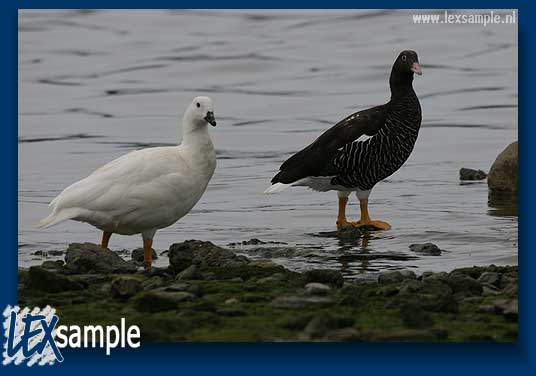 |
Male (l) and female (r) Kelp Goose (Chloephaga hybrida). This photograph was taken just outside the harbour, in the Bahía Ushuaia.
|
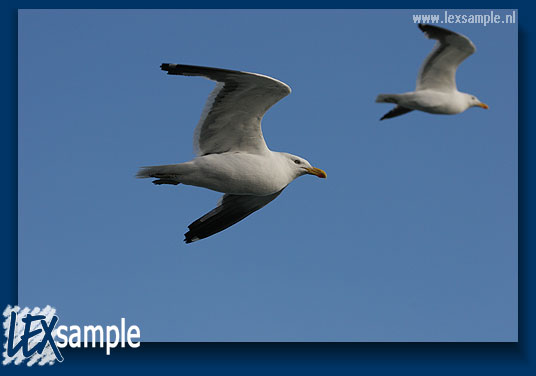 |
Kelp Gulls (Larus dominicanus) are commonly found on the coast, also on the Antarctic Peninsula where they are the only species of gull present.
|
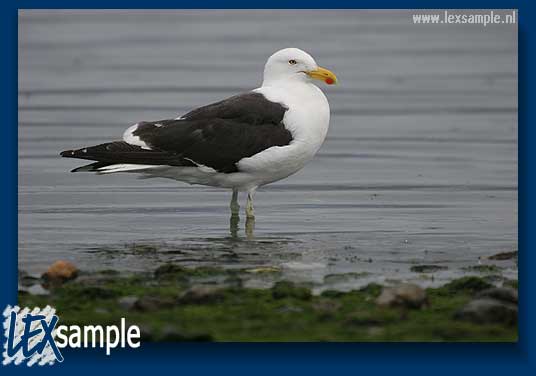 |
A Kelp Gull in search of food along the flood line of the Bahía Ushaia.
|
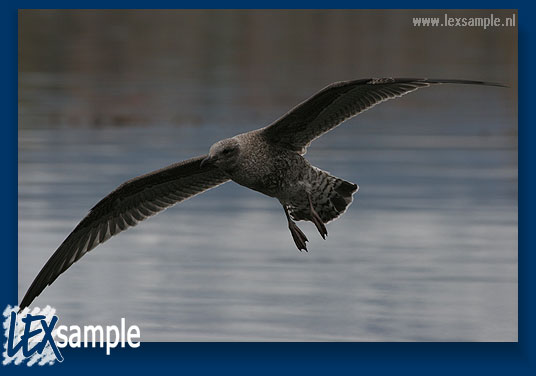 |
A juvenile Kelp Gull on the pier of Ushuaia.
|
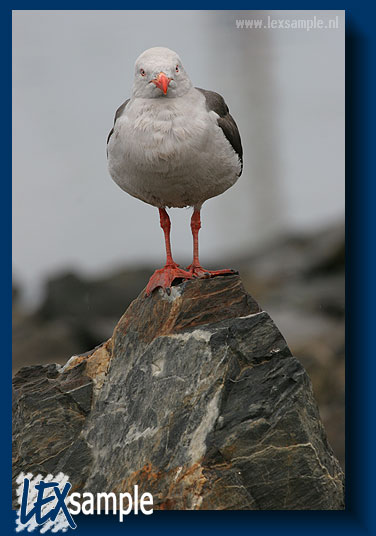 |
Dolphin Gulls (Larus scoresbii) are abundant too; sitting next to Ushuaia's drain pipe, this individual is waiting for some food to float past.
|
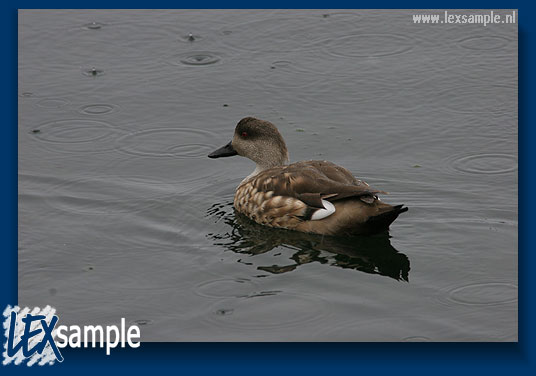 |
The Crested Duck (Anas specularioides) an elegant duck species that is commonly found in South-America and on the Falkland Islands.
|
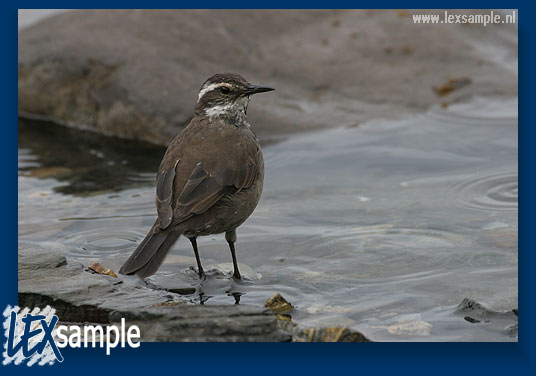 |
Dark-bellied Cinclodes (Cinclodes patagonicus) is a bird species that is far from being shy and that searches for food on the waterside.
|
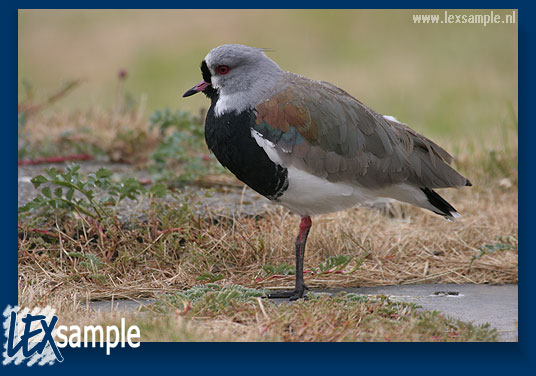 |
| While strolling around the Bahía Encerrada, you are likely to encounter the Southern Lapwing (Vanellus chilensis). This individual is waiting for the drizzle to stop. |
 |
Alarm call of a Southern Lapwing. This call was recorded at the National Park where a Lapwing few off from a river bed.
|
|
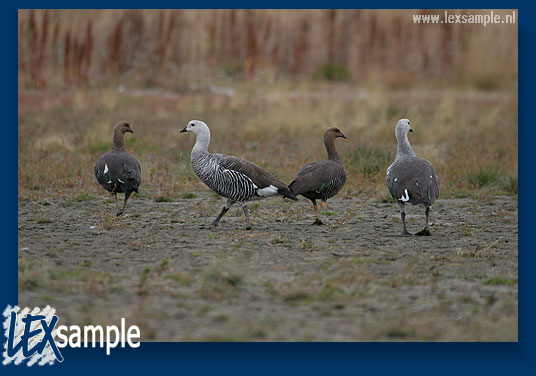 |
Vigilent Upland Geese (Chloephaga picta). The males are white, the females are brown-coloured.
|
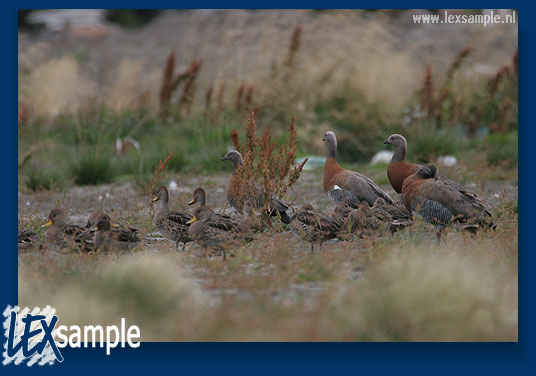 |
In the vicinity of the Upland Geese, a couple of Ashy-headed Geese (Chloephaga poliocephala) are foraging. On the left, Speckled Teals (Anas flavirostris) can be spotted too.
|
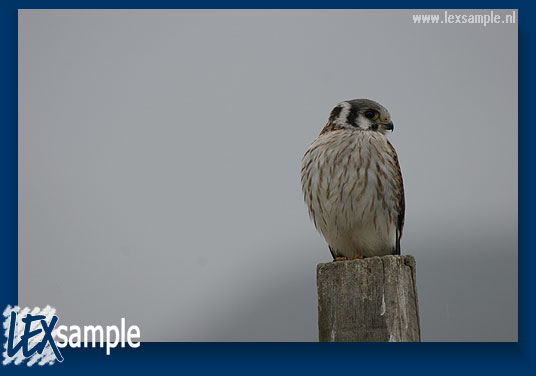 |
This American Kestrel (Falco sparverius) is the smallest falcon species in the area. While posing on this pole, the falcon was chased away by a low-flying night heron!
|
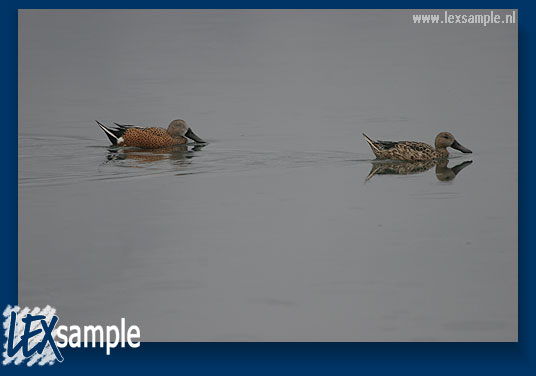 |
A pair of Red Shovelers (Anas platalea); male on the left, female on the right. Photo taken in the Bahía Encerrada.
|
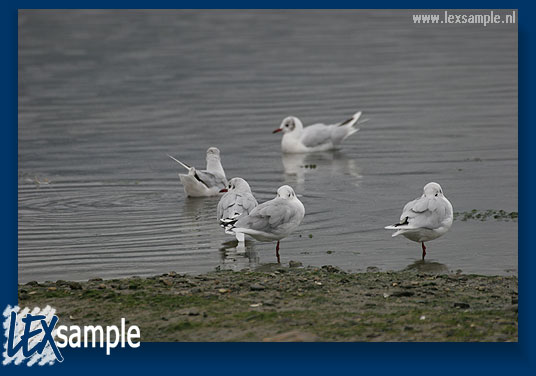 |
Like the European Black-headed Gulls, the Brown-Hooded Gull (Larus maculipennis) has a white head with a black spot outside the breeding season instead of a dark cap.
|
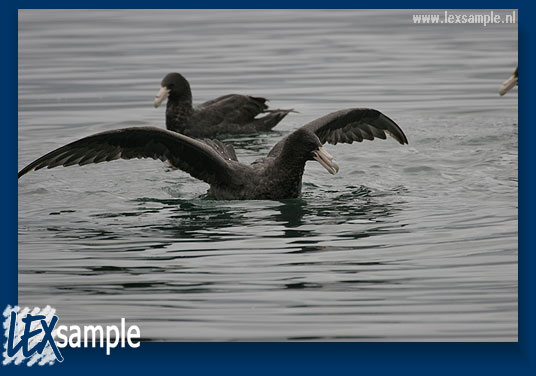 |
In the middle of the harbour three Southern Giant-petrel (Macronectes giganteus) dispute over a dead prey. With its wings wide open, this bird demands the prey for itself.
|
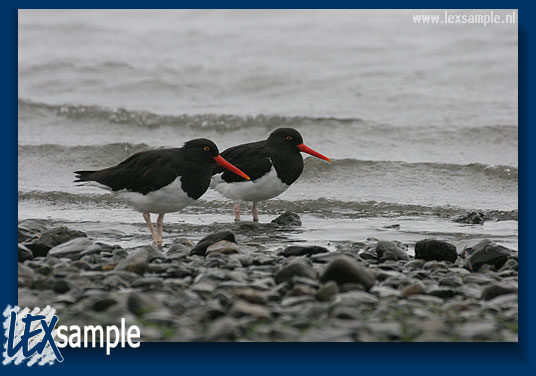 |
Two Magellanic Oystercatchers (Haematopus leucopodus) on a pebble beach. This species only lives in the Patagonian region.
|
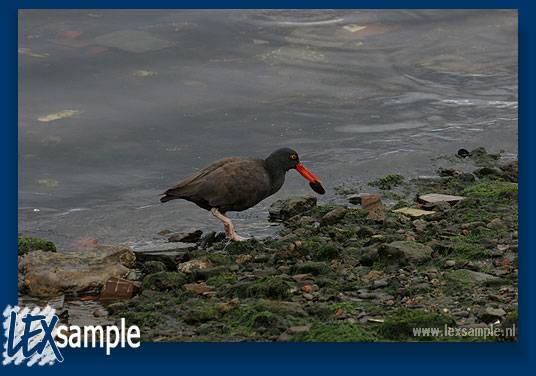 |
A Blackish Oystercatcher (Haematopus ater) has found a mollusc.
|
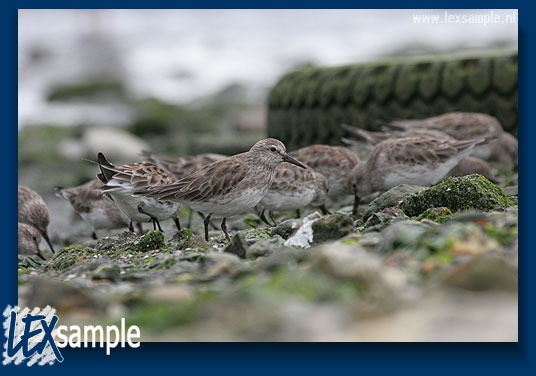 |
White-rumped Sandpipers (Calidris fuscicollis) foraging in groups. Like small sewing machines their beaks go up and down through the weed that was left on the beach.
|
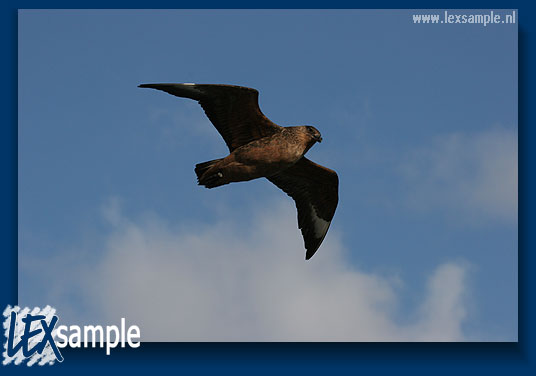 |
Subantarctic Skuas (Catharacta chilensis) are regular visitors in the neighbourhood of people and garbage dumps. This species differs from the one that we are going to meet later on on the Antarctic Peninsula.
|
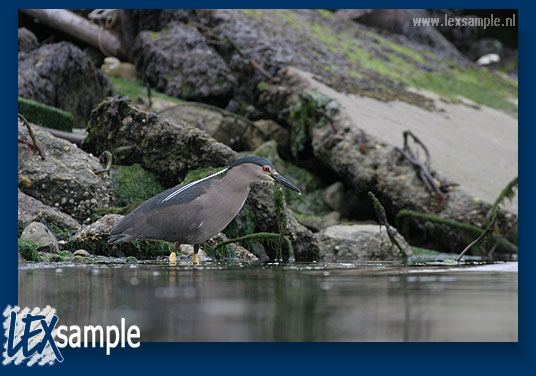 |
Night Herons (Nycticorax Nycticorax) are commonly found around Ushuaia, like the Grey Heron is common in many Dutch cities.
|

 Next
Next